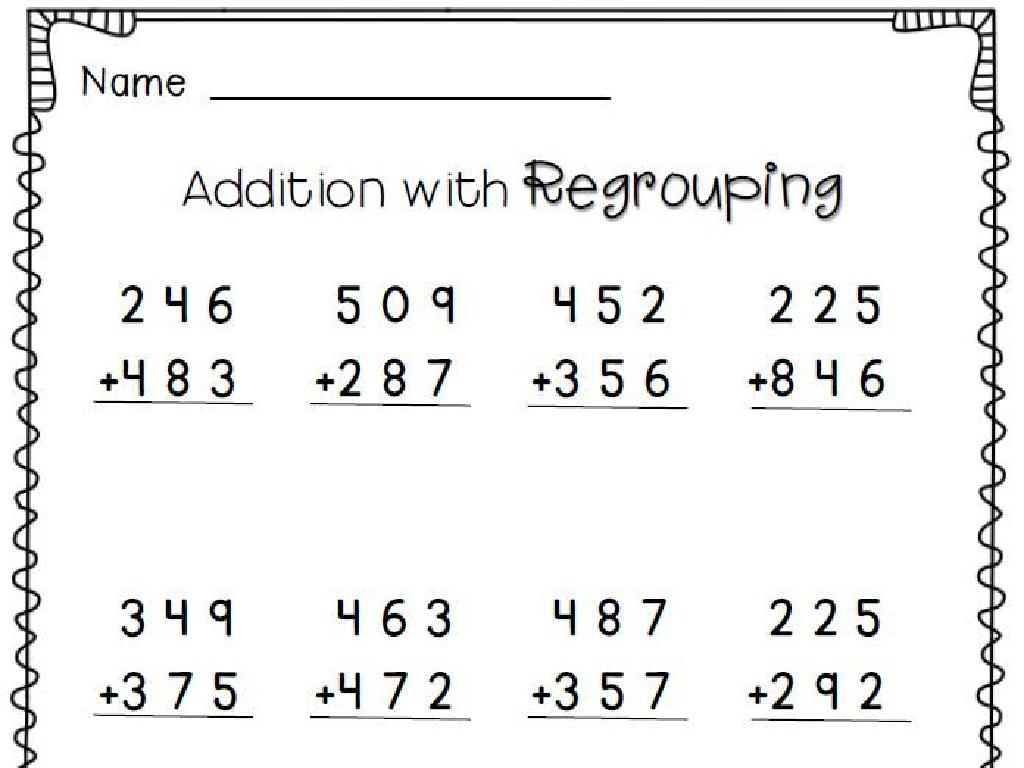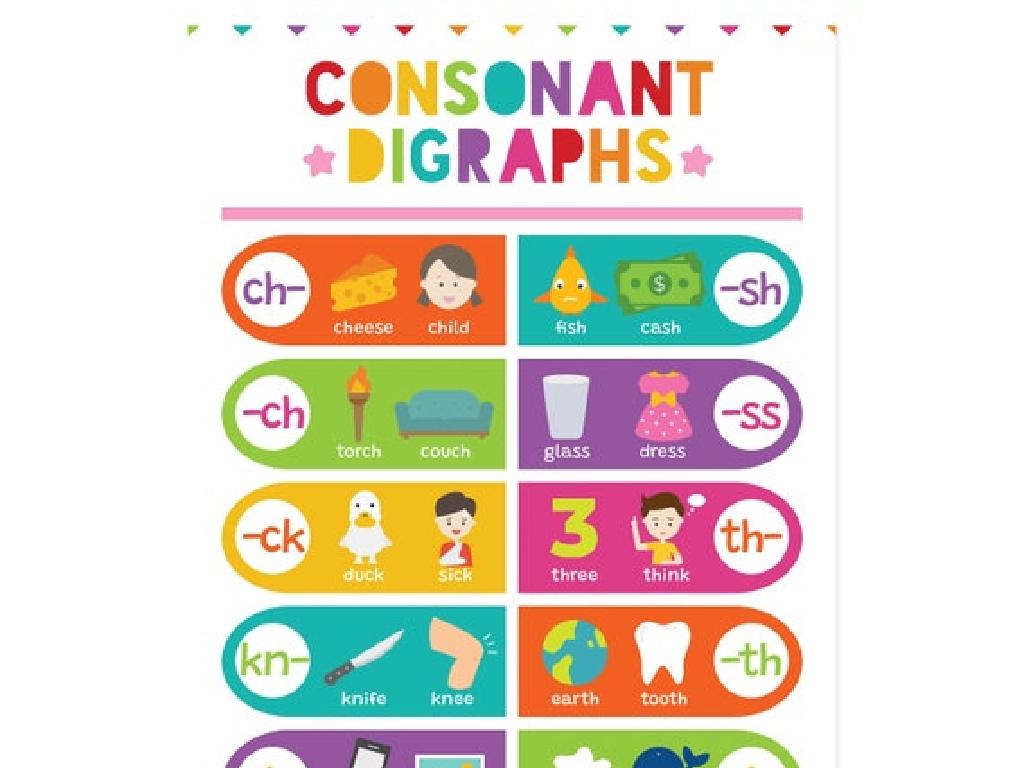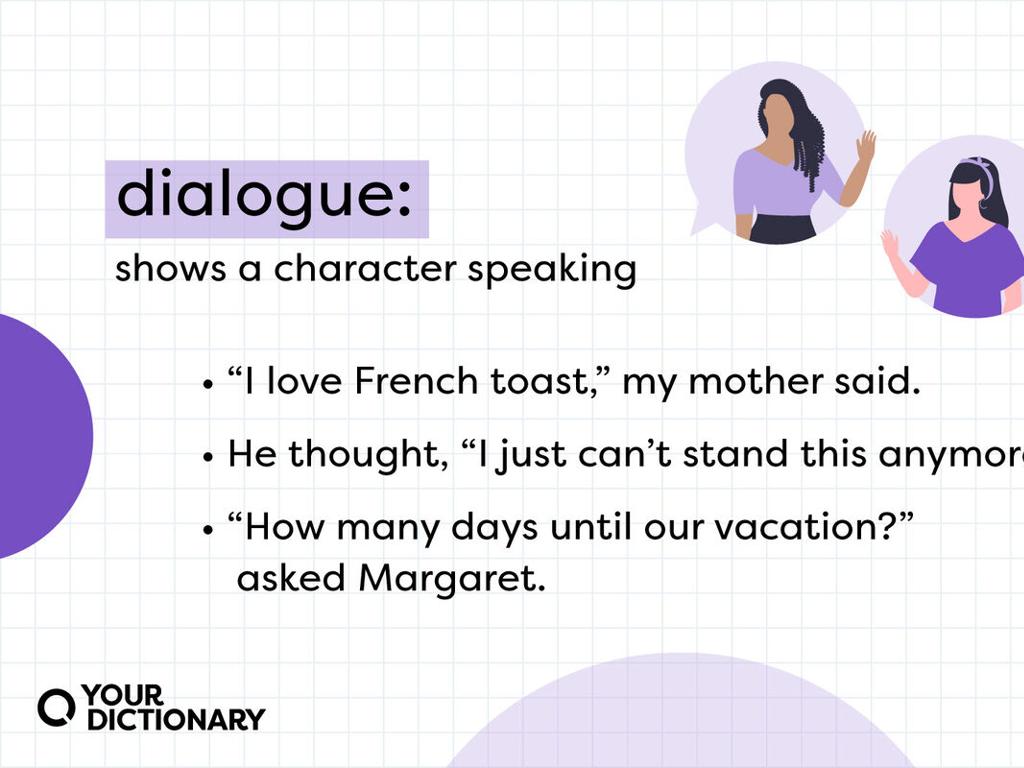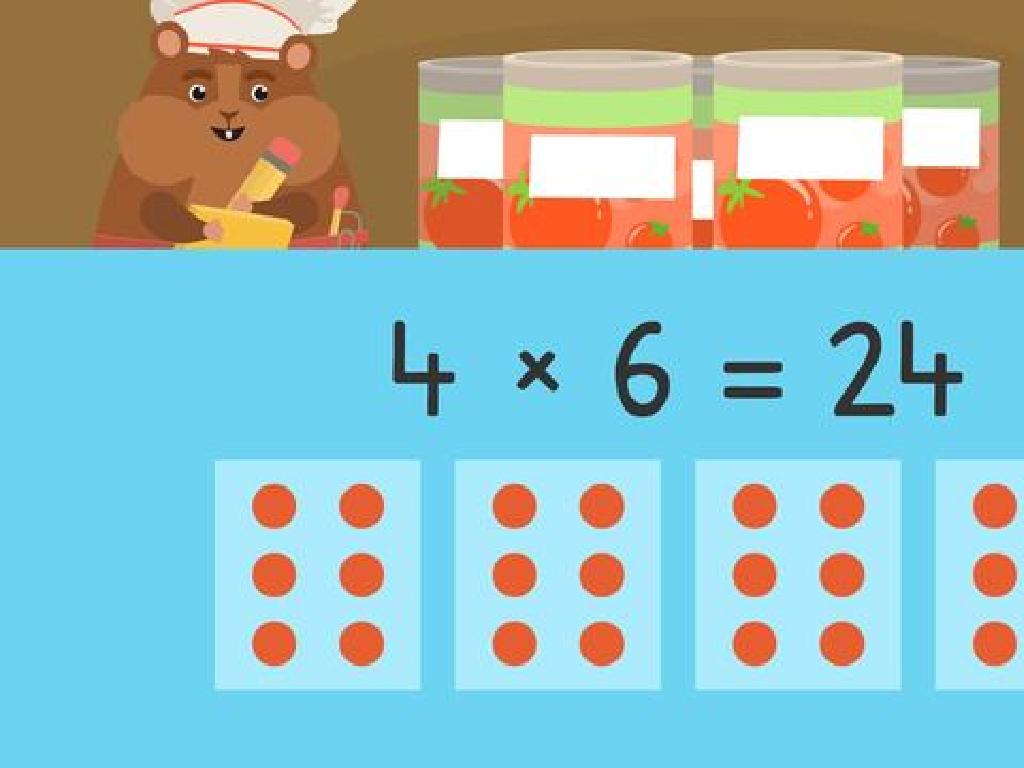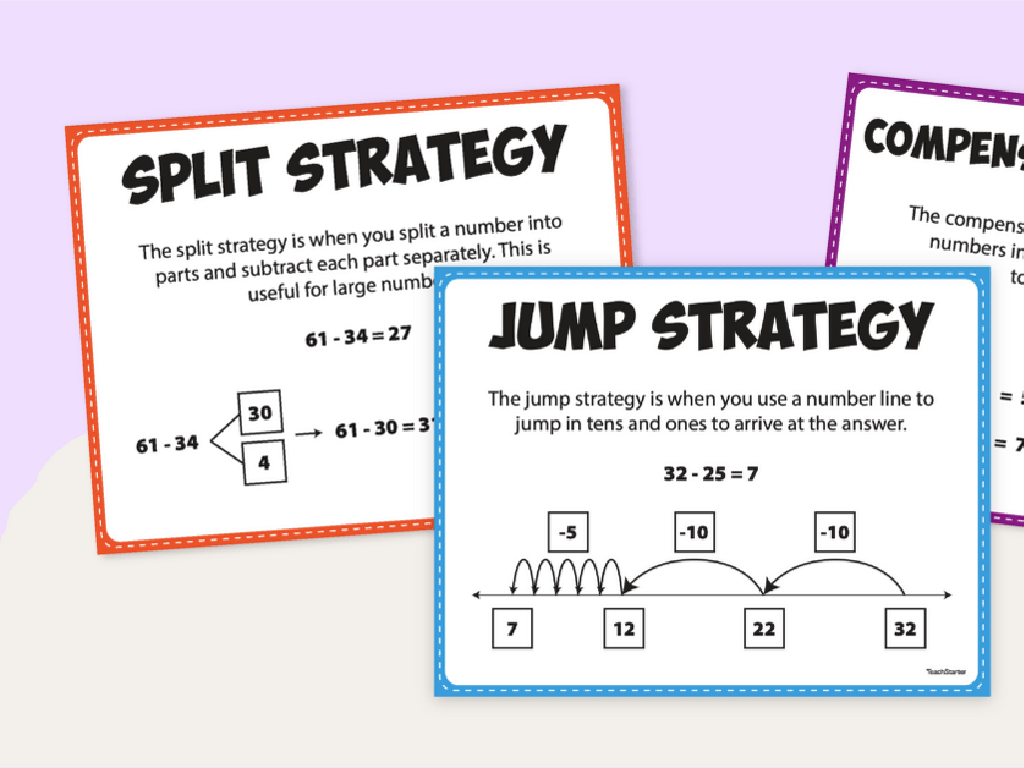Find The Number Of Each Type Of Coin
Subject: Math
Grade: Fifth grade
Topic: Money
Please LOG IN to download the presentation. Access is available to registered users only.
View More Content
Introduction to Money: Coins and Currency
– Learn about coins and bills
– Identify pennies, nickels, dimes, quarters, and bills
– Types of U.S. currency
– Recognize pennies, nickels, dimes, quarters, half dollars, and dollar coins
– The role of money in trade
– Money is used to buy goods and services
– Why money knowledge matters
– Understanding money helps with saving, spending, and future planning
|
This slide introduces students to the basics of U.S. currency, both coins and bills. It’s important to start with the recognition of each coin and its value, as well as understanding the different denominations of bills. Discuss the concept of money as a medium of exchange and why it’s a critical skill for personal finance. Emphasize the importance of being able to identify and count money for making purchases and for future financial literacy. Activities can include handling real or play money to become familiar with the physical characteristics of each coin and bill, and role-playing purchase scenarios to apply their knowledge.
Meet the Coins: Understanding U.S. Currency
– Introduction to U.S. coins
– Learn about penny, nickel, dime, and quarter
– Value of penny, nickel, dime, quarter
– Penny: 1 cent, Nickel: 5 cents, Dime: 10 cents, Quarter: 25 cents
– Unique features of each coin
– Size, color, engravings help identify each coin
– Quick facts about coin types
– Fun facts: A dime is the smallest, the quarter the largest in size
|
This slide is aimed at familiarizing fifth-grade students with the four most commonly used coins in the U.S.: the penny, nickel, dime, and quarter. Start by introducing each coin and discussing its value. Highlight the unique features such as size, color, and engravings that help distinguish one coin from another. Share quick facts to make the learning engaging, like the dime being the smallest in size despite its greater value than a penny or a nickel. Encourage students to handle actual coins to better understand the physical characteristics discussed. This will prepare them for activities involving counting money and making change.
Counting Coins Mastery
– Learn to count different coins
– Identify and value pennies, nickels, dimes, and quarters.
– Use skip counting for coins
– Count by 5s for nickels, 10s for dimes, and 25s for quarters.
– Practice with mixed coins
– Combine different coins and find total value.
– Master coin counting skills
|
This slide is aimed at teaching students the basics of counting coins, an essential life skill. Start by reviewing the values of pennies, nickels, dimes, and quarters. Demonstrate how skip counting can simplify the process of counting coins, especially when dealing with multiple coins of the same type. Provide students with examples of mixed coins and guide them through the process of counting the total value. Encourage students to practice with real or play coins to reinforce their skills. The goal is for students to feel confident in their ability to count various combinations of coins accurately.
Coin Equivalences: Understanding Value
– Different coins, same value
– Pennies in a nickel
– 5 pennies make 1 nickel
– Nickels in a quarter
– 5 nickels make 1 quarter
– Coin equivalence activity
– Use real or play coins to learn
|
This slide introduces students to the concept of coin equivalences, which is fundamental in understanding money and making transactions. Start by explaining that different combinations of coins can add up to the same value. Use concrete examples like how 5 pennies are equivalent to 1 nickel and how 5 nickels are equivalent to 1 quarter. For the activity, provide students with real or play coins to create their own sets of equivalences. This hands-on experience will help solidify their understanding of the value of different coins and how they can be used interchangeably. Encourage students to explore various combinations and share their findings with the class. The activity should be interactive and allow students to apply their knowledge practically.
Making Exact Amounts with Coins
– Combining coins to total a value
– Ways to make 50 cents
– Use nickels, dimes, quarters to reach 50 cents
– Class practice on coin combinations
– Students suggest combinations for new amounts
– Understanding money with real examples
|
This slide introduces the concept of using different coin denominations to create exact monetary amounts. Start by explaining how each coin has a specific value and how these can be combined in various ways to reach a total amount. Use 50 cents as an example, showing different combinations such as 5 dimes, 2 quarters, or 10 nickels. During class practice, encourage students to think creatively and come up with their own ways to make given amounts using different coins. This exercise will help them understand the value of money and improve their counting and addition skills. It’s also a practical skill they can apply in real-life situations, such as making purchases or saving money.
Word Problems with Coins
– Apply knowledge to real life
– Solve coin word problems
– Read problems carefully to find the value of different coins
– Work together in pairs
– Share ideas and solutions with a partner
– Group activity discussion
– We’ll discuss our answers as a class afterwards
|
This slide introduces a practical application of counting coins through word problems, which helps students understand the real-world relevance of their math skills. Encourage students to read each problem carefully, identifying the type and number of coins involved. In pairs, they will collaborate to find solutions, promoting teamwork and peer learning. After the activity, lead a class discussion where pairs can present their answers and reasoning. This will help reinforce their understanding and allow them to learn from each other’s approaches. Provide guidance on how to approach word problems, such as underlining key information and using diagrams to visualize the coins.
Class Activity: Coin Scavenger Hunt
– Search for hidden coins
– Count each type of coin
– Calculate total coin value
– Add up the value of all coins found
– Discuss findings with class
– Share how you calculated the total
|
This interactive activity is designed to help students apply their knowledge of coin values in a fun and engaging way. Hide various coins around the classroom before the activity starts. Students will search for these coins and then count how many of each type they have found. They will use their counting and addition skills to calculate the total value of their coins. Encourage them to use different strategies, such as grouping by coin type or using multiplication for large groups of the same coin. After the activity, facilitate a discussion where students explain their process and findings. Possible variations of the activity could include working in teams, timing the hunt, or having different values assigned to different areas of the classroom.
Conclusion: Counting Coins Mastery
– Recap of coin identification
– Review coin counting methods
– Stack, group, and add method; skip counting coins
– Q&A session for doubts
– Encourage students to ask any questions
– Practice makes perfect
– Keep practicing with different coin combinations
|
As we wrap up today’s lesson, it’s important to go over the coins we’ve learned to identify: pennies, nickels, dimes, and quarters. Review the counting techniques such as stacking coins, grouping by type, and using skip counting to add up the total value. Open the floor for a Q&A session, allowing students to ask questions and clarify any doubts they may have. Emphasize the importance of practice, and encourage students to continue practicing with real coins or worksheets to become more confident in their coin counting skills. This will help solidify their understanding and ensure they are prepared for real-world situations involving money.

